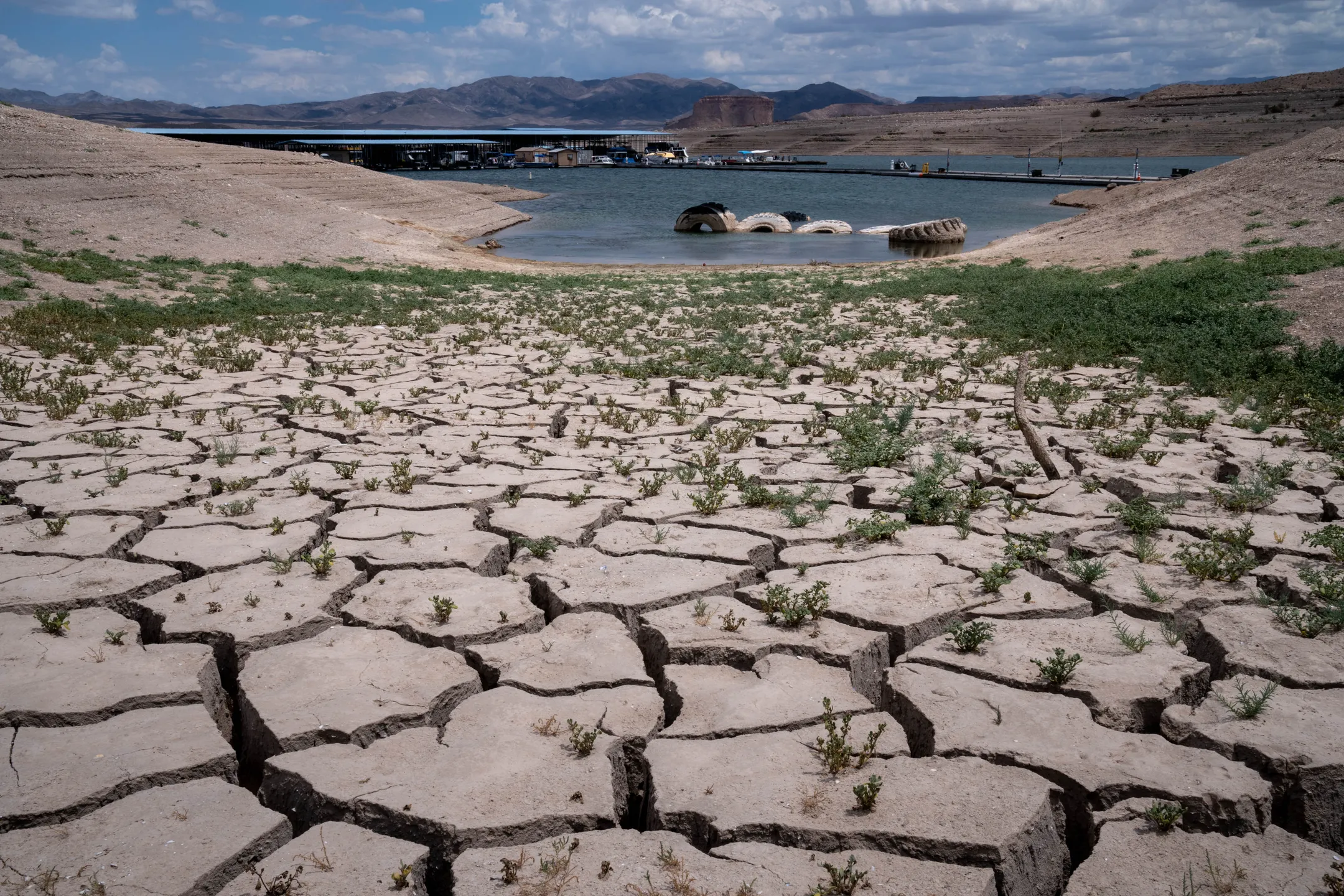May 11, 2024 at 7:40 a.m.
Water Diversion Meeting Draws Crowd in Hickory
Surely by now you have heard it before: water is the new oil. As dependent as American industry is on oil, American agriculture is dependent on water. Water was the subject of discussion in a meeting in Hickory this past Wednesday night (May 8th).
Charlotte Water has filed notice of its intent to request an increase from 33 million gallons per day to 63 million from the Catawba River, transferring the remaining water discharged after treatment and use to the Rocky River basin, a tributary of the Yadkin/Pee Dee River.
More about that meeting in a moment, but first, a little history of another water transfer in the western United States.
You've almost certainly seen something about it on television: the Colorado River is drying up--due to a combination of chronic overuse of water resources and a historic drought. The dry period has lasted more than two decades, but much of the reason for the diminished river is the transfer of water to California and Arizona, supporting agriculture and other industries as well as the growth in population in the West.
 Lake Mead the lake formed by the Hoover Dam, has been facing a water crisis for many years. The water level in the lake has been dropping due to the increasing demand for water and the decreasing supply. If the trend continues, the lake could run out of water in the next 10 to 15 years.
Lake Mead the lake formed by the Hoover Dam, has been facing a water crisis for many years. The water level in the lake has been dropping due to the increasing demand for water and the decreasing supply. If the trend continues, the lake could run out of water in the next 10 to 15 years. Climate change, the rising population, and unsustainable consumption of water in California and the Southwest are threatening the very existence of the Colorado, which has been running through the center of the Grand Canyon for six million years.
While some would trace the beginning of the Colorado's demise to the Hoover Dam, which began operation in the 1930s on the border of the states of Arizona and Nevada, the water diversion actually began much earlier.
The Imperial Valley in southern California is one of the richest farm areas in the US. Its development actually began in the 1890s but accelerated in the early 20th Century. Water from the Colorado River is the major source from Imperial and Riverside counties in that state. Arizona's agriculture also depends in large part on the Colorado.
As the Colorado River has suffered from the drought, the impact of water diversion has become more evident.
Now, back to the meeting in Hickory and Charlotte Water's plan to divert more water from the Catawba.
Interbasin transfers in North Carolina are regulated and approved by the NC Dept. of Environmental Quality. In 2002, Charlotte Water received approval to transfer 33 million gallons per day (MGD) from the Catawba to the Rocky River Basin.
In 2005, Concord & Kannapolis requested 36 MGD; a 2007 compromise allowed them 10 MGD but the number is reduced during droughts.
The existing interbasin transfers (IBT) and the new request for 30 MGD would total more than 73 MGD.
Just a few years ago, drought conditions depleted water levels to a point that nearly interrupted public water supplies. Lincoln County gets its County public water supply from Lake Norman. While the lake is currently at 98.07 feet, just under two feet below full pond, during the drought of last Fall, it dropped to just over 94 feet, the lowest level since 2017.
That meeting at Hickory's Ridgeview Library was scheduled for 5:30 Wednesday, but the stormy weather delayed its beginning until just before 6 PM. Even so, well before 5:30, the meeting room had already filled to its 220 person capacity.
Those who attended were anxious to express their opposition to the Charlotte Water proposal. While the water would be drawn from further downstream--from Lake Norman and Mountain Island Lake, residents of Lake Hickory expressed concern that to keep those water levels up during droughts, more water would be allowed to flow southward. "I'm already seeing some boats sitting in mud," one man said.
Water from the Catawba is used for public water supplies including Lincoln County, Mount Holly, Gastona, and Charlotte and multiple smaller towns in Mecklenburg County. While the others empty their wastewater (after sewage treatment) back into the Catawba, only the western part of Mecklenburg County returns water to the Catawba; the eastern part of that county's supply is sent into the Yadkin/Pee Dee system.





Comments:
You must login to comment.